परिचय
在当今快节奏的制造业中,效率和生产力是成功的关键因素。其中一项彻底改变了生产流程的技术是 导轨辊压成型机。本文将深入探讨导轨辊压成型机的世界,涵盖其功能、优势、应用、关键组件、操作、维护和故障排除。
什么是导轨辊压成型机?
导轨辊压成型机是一种专用设备,用于生产导轨,这些导轨广泛应用于建筑、汽车和制造业等领域。该机采用辊压成型工艺,将平板金属逐步转变为具有精确尺寸和形状的连续型材。由该机生产的导轨作为轨道或支撑系统,支持其他组件实现平稳受控运动。
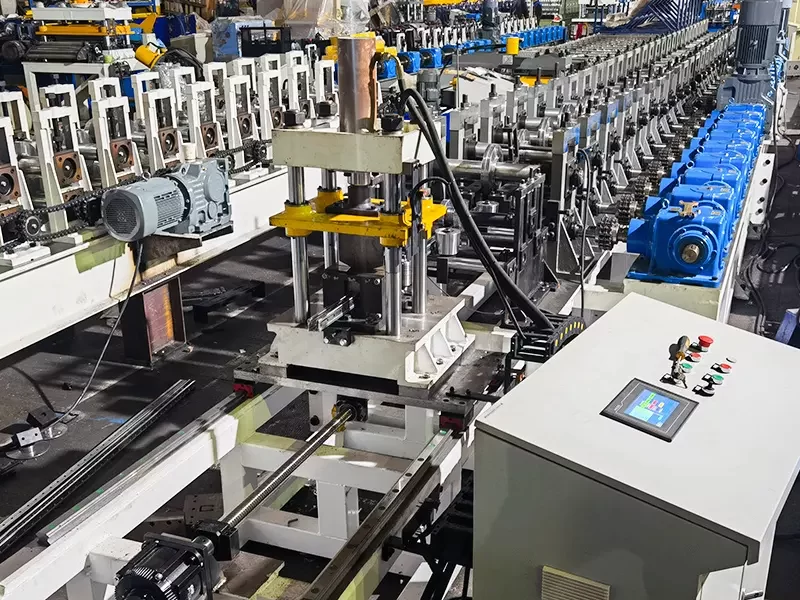
使用导轨辊压成型机的优势
高效生产流程
导轨辊压成型机在生产效率方面具有显著优势。通过自动化辊压成型过程,这些机器能以高速率生产导轨,减少人工劳动并提高产量。连续生产线确保工作流程顺畅,减少批次间停机时间,优化整体生产力。
定制选项
使用导轨辊压成型机,定制化变得轻松自如。制造商可轻松调整机器参数,生产不同长度、宽度和型材的导轨。这种灵活性可创建满足特定项目需求的定制解决方案,避免外包或依赖标准现成产品。
Cost Savings
投资导轨辊压成型机可带来长期显著成本节约。通过简化生产流程并最小化材料浪费,这些机器有助于整体成本降低。此外,内部定制导轨的能力消除了昂贵模具需求并缩短交货期,为制造商带来可观节约。
高品质输出
导轨辊压成型机确保输出一致且高质量。辊压成型过程的精确控制保证整个生产周期中尺寸准确、型材均匀。这种品质水平对需要可靠耐用导轨的行业至关重要,确保操作顺畅并提升产品性能。
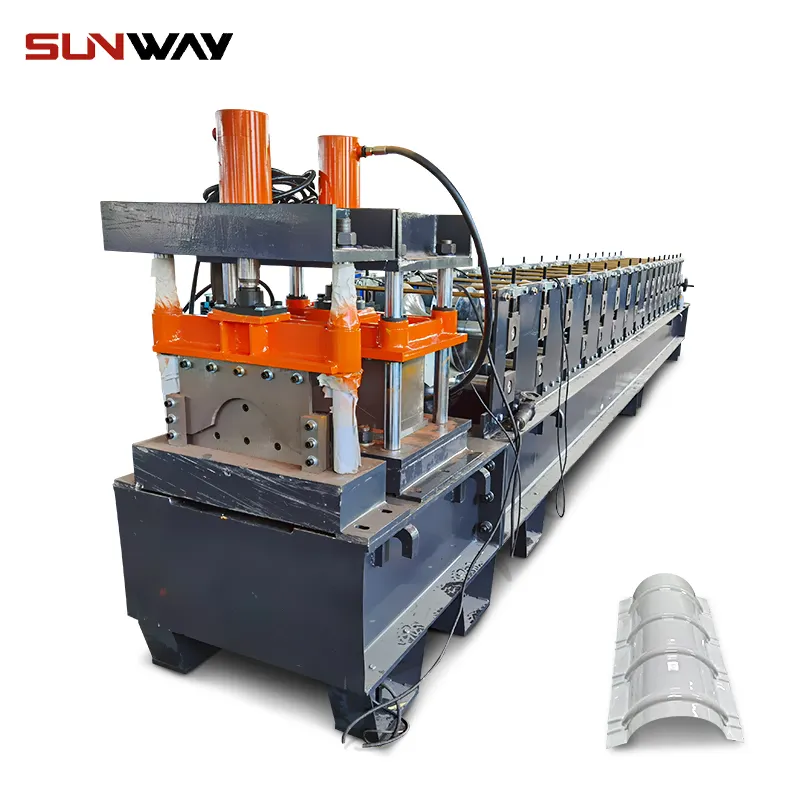
导轨辊压成型机的应用领域
导轨辊压成型机广泛应用于多个行业,包括:
निर्माण उद्योग
在建筑行业,导轨广泛用于电梯、自动扶梯和扶手的安装。导轨辊压成型机使建筑公司能够高效且高精度地生产这些组件,满足现代基础设施项目需求。
汽车行业
在汽车领域,导轨对车辆座椅系统、天窗机构和滑动门至关重要。利用导轨辊压成型机,汽车制造商可实现这些组件的成本效益生产,同时保持所需质量标准。
制造业
制造业依赖导轨用于输送系统、物料处理设备和装配线。导轨辊压成型机促进这些组件的生产,帮助制造商提升运营效率并优化生产流程。
导轨辊压成型机的关键组件
导轨辊压成型机由多个关键组件组成,每个组件在生产过程中都发挥着至关重要的作用:
Sistem Penanganan Bahan
物料处理系统负责将平板金属送入辊压成型机,确保材料顺畅连续流动,实现高效生产。
Roll Forming System
辊压成型系统是机器的核心,在这里平板金属转变为型材导轨。一系列辊轮逐步塑造材料,形成所需型材。
कटिंग सिस्टम
型材导轨成型后,切割系统将连续导轨分离成所需长度的单个件。该系统可采用液压剪切或飞锯等多种切割方法,视机器设计和具体要求而定。
नियंत्रण प्रणाली
控制系统监督并调控整个机器运行。它管理速度、进料和切割过程,确保导轨生产的精确控制和一致性。
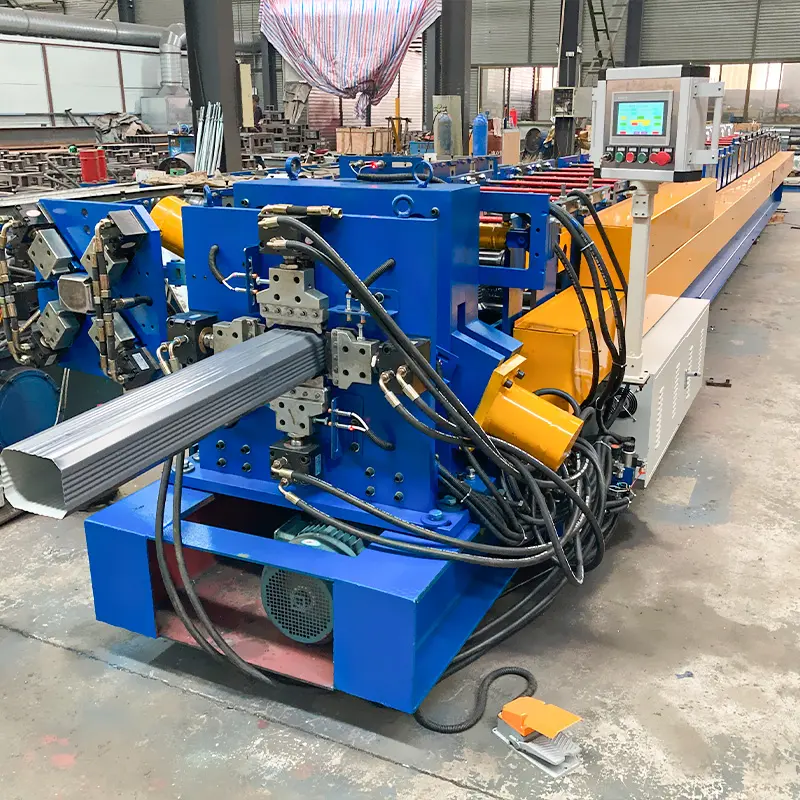
选择合适的导轨辊压成型机
选择导轨辊压成型机时,应考虑以下几个因素:
Production Requirements
评估特定应用所需的产量和导轨规格。此评估有助于确定合适的机器尺寸和生产能力,以实现制造目标。
Machine Specifications
考虑机器能力,包括最大材料厚度、型材复杂度和可用切割方法。确保机器规格与生产要求和所需导轨设计相符。
制造商声誉与支持
选择具有生产导轨辊压成型机良好记录的知名制造商。研究客户评价、寻求推荐,并评估制造商提供的售后支持水平。
导轨辊压成型机的操作
高效操作导轨辊压成型机涉及几个关键步骤:
机器设置与校准
生产前,必须正确设置并校准机器。这包括调整辊轮位置、确保对齐,并根据所需导轨规格配置控制系统参数。
装载与进料材料
将平板金属装入物料处理系统,并送入辊压成型系统。正确对齐和张力控制对确保一致材料流动和精确型材成型至关重要。
调整机器参数
根据导轨规格,相应调整机器参数。这可能涉及修改辊轮位置、速度和切割长度,以实现所需型材尺寸和公差。
质量控制与检查
整个生产过程中应进行定期质量控制检查。这包括测量导轨尺寸、检查表面光洁度,并确保型材符合规格要求。及时识别并解决任何偏差或缺陷,以维持输出质量。
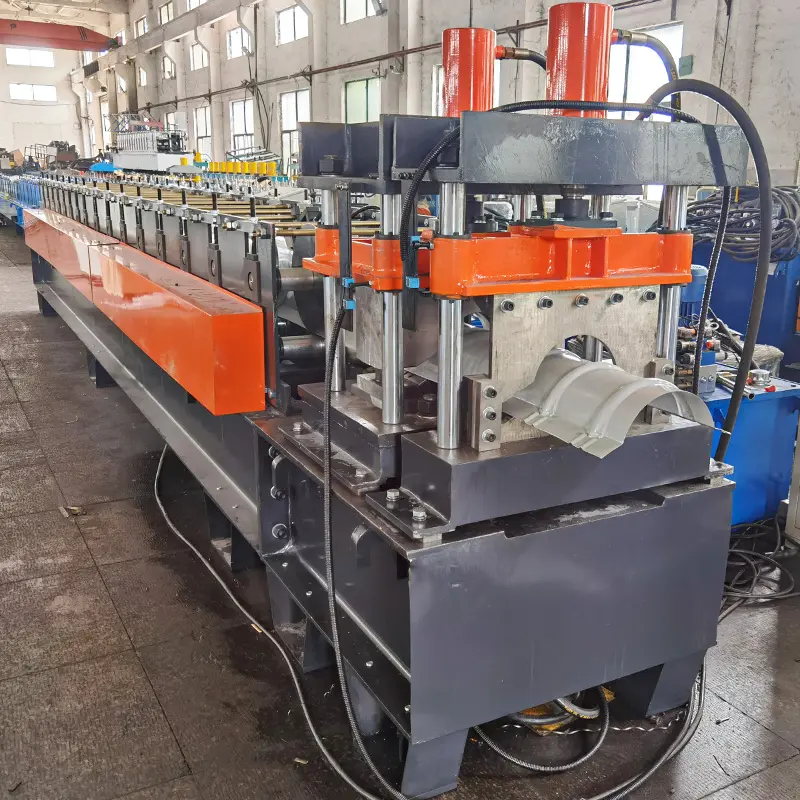
维护与安全注意事项
为确保导轨辊压成型机顺畅运行和长寿命,应实施定期维护和安全措施:
नियमित सफाई और स्नेहन
定期清洁机器以去除碎屑,防止积累影响性能。润滑运动部件以减少摩擦并确保顺畅运行。遵循制造商推荐的清洁和润滑程序。
भागों की जाँच और प्रतिस्थापन
定期检查机器组件磨损情况。更换任何磨损或损坏部件,以防止故障并维持机器效率。记录维护活动,并遵守制造商提供的维护计划。
操作员安全培训
对操作员进行导轨辊压成型机正确操作和安全协议培训。确保他们熟悉紧急停机程序、安全护栏和个人防护装备。定期强化安全实践,营造安全工作环境。
紧急程序
制定机器故障、断电或任何意外情况的明确紧急程序。操作员应了解确保自身和他人的安全步骤。定期进行演练以强化紧急响应协议。
常见问题排除
尽管进行了适当维护,导轨辊压成型机仍可能出现常见问题。以下是一些故障排除提示:
सामग्री जाम होना
如果材料在机器中卡住,立即停止生产并调查原因。小心清除障碍,确保机器断电且安全处理。检查材料对齐和张力控制以防止未来卡住。
尺寸不正确
如果生产的导轨尺寸不正确,请审视机器设置并相应调整。验证辊轮位置、速度和切割长度,确保精确型材成型。再次检查材料规格是否符合机器要求。
机器故障
机器故障时,请查阅机器手册或联系制造商获取故障排除指导。按照其指示识别并解决问题。如有必要,寻求专业协助修理或更换故障组件。
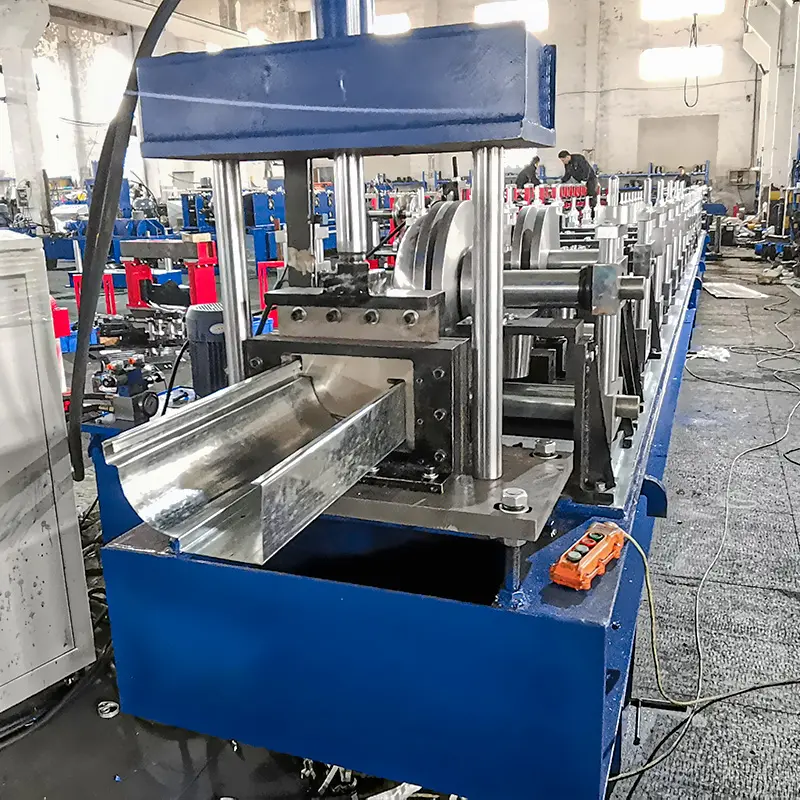
निष्कर्ष
导轨辊压成型机已成为各行业不可或缺的工具,提供高效且可定制的导轨生产解决方案。通过简化生产流程、提供定制选项并交付高质量输出,这些机器提升了生产力、节约成本并改善产品性能。正确操作、维护和故障排除实践对最大化机器能力并确保安全可靠生产至关重要。
常见问题解答
1. 导轨辊压成型机能否生产复杂型材导轨?
是的,导轨辊压成型机可配置为生产复杂型材导轨。通过调整辊轮位置并控制进料和切割过程,这些机器可实现精确复杂的型材。
2. 导轨辊压成型机可使用哪些材料?
导轨辊压成型机可加工多种材料,包括不锈钢、镀锌钢、铝及其他金属。材料选择取决于具体应用要求和导轨所需性能。
3. 为新生产批次设置导轨辊压成型机需要多长时间?
设置导轨辊压成型机的时间因导轨设计复杂度和操作员熟悉度而异。平均而言,包括调整辊轮、配置控制系统和确保材料对齐,可能需要几小时。
4. 导轨辊压成型机适合小型制造企业吗?
是的,导轨辊压成型机对小型制造企业有益。它们提供成本效益生产、定制选项和高效运行,适用于各种产量和要求。
5. 导轨辊压成型机能否集成到现有生产线上?
是的,导轨辊压成型机可集成到现有生产线上。其模块化设计允许与其他设备无缝集成,如切割系统、弯曲机和物料处理系统。这种灵活性使制造商能在不造成重大中断的情况下提升生产流程。
请记住校对文章并进行必要调整,以确保准确性、清晰度和可读性。
